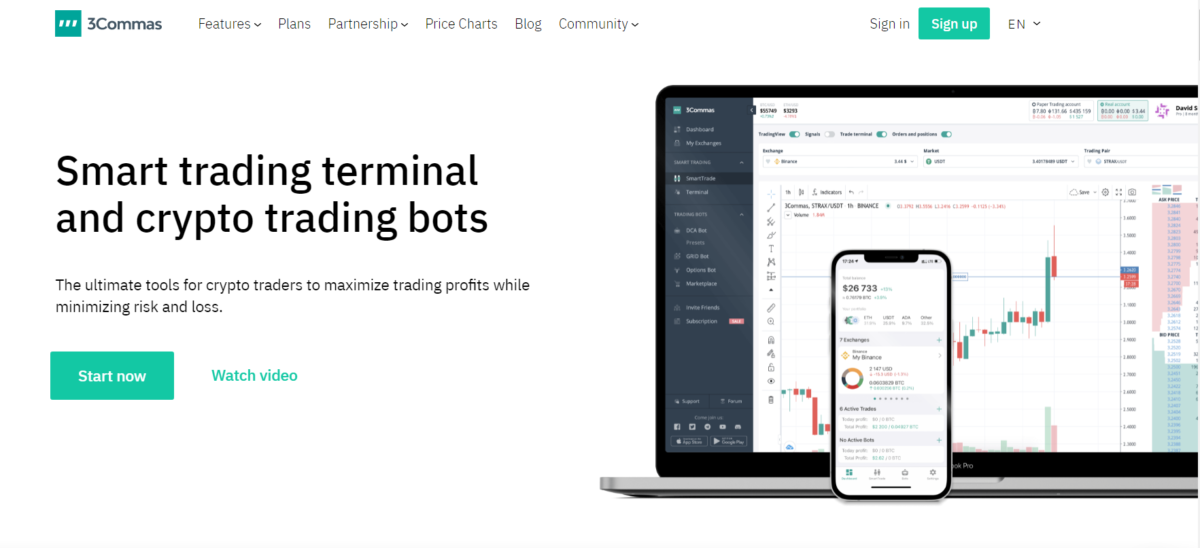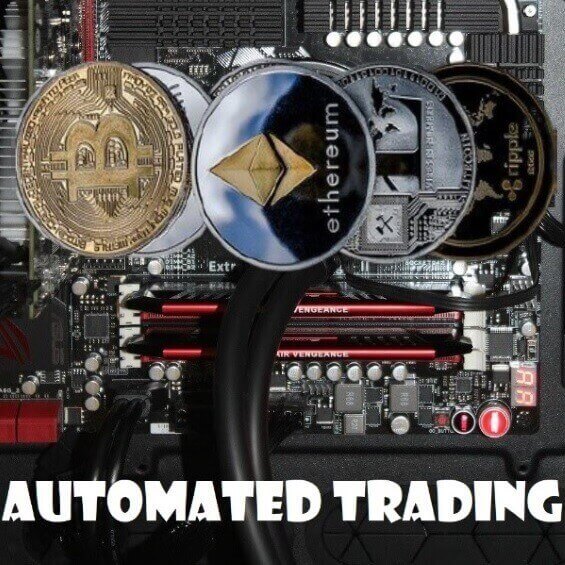Technical traders and fundamental traders comprise two distinct groups of traders who approach the markets differently. Technical traders and fundamental traders might employ different technologies and data analysis when trading with automated systems. To inform the decisions they make in trading, the fundamental traders examine financial and economic information, such as corporate earnings and interest rates. They believe that market movements are influenced predominantly by fundamental aspects. This is why understanding these drivers is key in making a well-informed trading decision. Technical traders on the other hand, use chart patterns and technical indicators to help make trading choices. Technical traders believe that historical market behavior and trends can be used to predict future market movements. They also believe that the use of technical analysis is more effective than analysis based on fundamentals. In the case of automated trading platforms, it is possible that fundamental traders are more inclined than others to use algorithms which incorporate analysis and fundamental data. Technical traders, however, might use algorithms that use chart patterns and technical indicators to assist in their decision-making. It is apparent that both fundamental and technical traders are different in their approach to markets. These differences could also impact the kind of automated trading systems they choose to use. Technical traders are more likely to utilize systems that integrate basic analysis as well as data analysis. On the other hand, fundamental traders are more likely to utilize systems that are more focused on technical analysis. View the top crypto trading backtester for more advice including backtester, crypto futures, algorithmic trading bot, cryptocurrency trading bots, crypto backtesting platform, trading platform, best trading bot for binance, trading platform cryptocurrency, algorithmic trading bot, cryptocurrency backtesting platform and more.
Automated Trading Systems: Simple Moving Average And Exponential
Exponential Moving Average (EMA) and Simple Moving Average (SMA) are two commonly used indicators of technical quality in automated trading systems.The Simple Moving Average (SMA) is calculated by adding the closing prices of a currency pair over a specified number of periods and then dividing that result by the number of periods. To calculate a 50-day SMA consider the closing prices for an exchange rate pair during the last 50 days. Then divide the result by 50.
The Exponential Moving Average (EMA) is similar like the SMA however it is more weighted for prices that have recently changed. The EMA is calculated from a weighted sum of closing prices. This implies that the weight that is given for the most recent prices will be greater than the weight that is given to older prices. The EMA responds faster to changes in market conditions more quickly than the SMA.
Automated trading systems utilize moving averages to detect patterns and provide buying and selling signals. The most common method is to buy when the market crosses the moving average and sell when it is below it. Additionally, you can employ moving averages to verify trends. An increasing average is indicative of an upward trend while a downward average indicates a decline.
EMA, SMA, and XMA are all common technical indicators used on automated trading platforms. They can be used to detect trends, and generate buy and sell signals, and even verifying the validity of these signals. The individual's goals and requirements will decide which indicator to use and which one they prefer, with SMA being more stable and more flexible to market shifts than EMA. Follow the best trading with indicators for site recommendations including free crypto trading bots, bot for crypto trading, algo trade, cryptocurrency backtesting platform, what is backtesting in trading, best free crypto trading bots, best crypto indicator, cryptocurrency trading bots, best crypto trading platform, backtesting in forex and more.

What Is Bollinger Bands?? Automated Trading Systems?
Bollinger bands are a popular technical indicator for automated trading systems. They consist of three lines that are a simple moving median (SMA), and two other bands. Each band is plotted with a specific number of standard deviations to the SMA. The standard deviations used in calculating the outer bands are determined by the volatility of the base asset. Bollinger Bands can be used to monitor changes in the market's conditions in automated trading systems. A potential trend reversal or a rise in volatility could be indicated by a price fluctuation which is not within the outer bands. If, on the other hand, prices remain within outside bands, it might indicate that the market is settling and the possibility of a trend shift is not as likely. Bollinger Bands can be utilized by traders in conjunction with momentum oscillators to create buy signals to sell or buy. It is typical to buy whenever the Bollinger Bar crosses the lower Bollinger and sell once the Bollinger Bar crosses the upper Bollinger Band. Bollinger Bands are a standard technical indicator in automated trade systems. They are used to identify fluctuations in market conditions and generate buy/sell signals. Bollinger Bands can be employed or not depending on the goals and needs of every trader and their approach to trading in the markets. Check out the most popular backtesting software forex for site advice including backtesting tradingview, automated crypto trading bot, rsi divergence, crypto backtest, automated trading platform, rsi divergence cheat sheet, best indicators for crypto trading, backtesting trading strategies, forex tester, automated crypto trading bot and more.

What Is Adx? And How Does It Connect To Obv (On Balance Volume) And Regression?
The Average Directional Index is a technical indicator that is used to assess the strength of a trend. It is used to measure the intensity of a trend, and is calculated using the difference between two exponential moving averages (EMAs) of the low and high prices of an asset. ADX is often used together with other indicators used within automated trading systems, such as +DI (or -DI) to create sell or buy signals. On the other hand the momentum indicator On-Balance (OBV) uses volume changes to assess the strength or weakness of a particular trend. OBV and ADX can be utilized in automated trading systems to produce signals for positions that are entering or exiting. These indicators can be used together to give information that is complementary and different. OBV, by tracking the total volume of purchases and sells, while ADX determines the strength or strength of a market trend. Regression is a technique that describes the relationship between a dependent and one or more non-related variables. Regression analysis, on other on the other hand, is a method that is used to describe the relationship between two or three variables, like price and volume or to find patterns or trends in data. It can be used by automated trading systems to create signals, analyze market relationships and make informed trade decisions. The objectives and style of trading of every trader will determine the tools used.